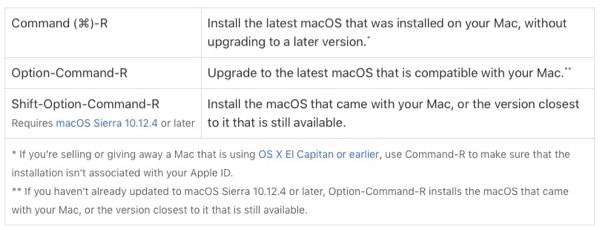
SEE: Windows, Linux, and Mac commands everyone needs to know (free PDF) (TechRepublic) How to update your Mac with the softwareupdate Terminal command You’ll type the commands into the Terminal and then press return to execute them. Find this application by opening the Finder and navigating to Applications | Utilities. To use these command-line tips, I utilize the Terminal application that ships with every copy of macOS–there’s nothing extra to install or download.

Learn basic command-line tips that every Mac user and large businesses relying on and managing Macs should know. This makes it easier for IT teams to manage devices running macOS because personnel can log in via SSH and run commands remotely to do things like install software or update Macs. Under the hood, macOS X has a Unix shell that lets you runs powerful command-line utilities. For more info, visit our Terms of Use page. This may influence how and where their products appear on our site, but vendors cannot pay to influence the content of our reviews. We may be compensated by vendors who appear on this page through methods such as affiliate links or sponsored partnerships.

These are the basic macOS Terminal commands to know for updating a Mac, forcing an unresponsive Mac to shut down, finding the differences between files easily and much more. To get rid of the item simply replace load in the above command with unload.MacOS Terminal commands every Mac user should know As a bonus, launchd will monitor it and, if it exits for any reason, it will be re-started.

This will cause launchd to load the item which will cause it to start MongoDB on boot. Save this in /Library/LaunchAgents/ (you will need an administrator account and/or sudo), then open a terminal and do: sudo launchctl load /Library/LaunchAgents/

This is an XML file, so you can do it with your favourite text editor or alternatively you can use the Property List Editor that's installed with the Mac OS X Dev Tools. If you don't want to use Lingon, you need to create a launchd Property List. To run a command on start up on OS X, you need to use launchd.


 0 kommentar(er)
0 kommentar(er)
